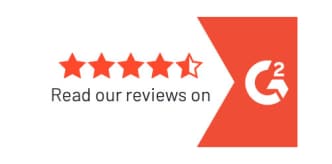You’ll hear a lot about Safe Harbor 401(k) plans this month, and with good reason. They are a valuable option, and the one that around 80% of small businesses choose. But they come with a few regulations that business owners need to be aware of. Perhaps the most critical are the deadlines.
Important Deadlines
It is vital for small businesses to be aware of the following Safe Harbor 401(k) deadlines:
- October 1, 2025: The latest start date for a newly-established Safe Harbor plan for 2024
- December 1, 2025: The last date to notify employees about adding a Safe Harbor matching contribution to an existing 401(k) plan for 2025; and the deadline to elect the 3% non-elective contribution for an existing plan for 2024
Meeting these deadlines allows businesses to maximize the benefits of a Safe Harbor 401(k) plan, both for the company and its employees, while ensuring compliance.
The Safe Harbor Run Down
A safe harbor 401(k) plan is a strategic option for small businesses. Annual IRS nondiscrimination tests are designed to ensure fairness in how plans run, so that they don’t favor top level employees over the rest. Many small plans will fail these tests, and Safe Harbor gives them a way around it. By incorporating certain features, Safe Harbor 401(k) plans can circumvent annual testing.
What’s the trade-off? Employers will need to make contributions to employees’ accounts. These are done in one of two ways: either a matching contribution or a non-elective one. Matching contributions tend to be more popular, but both types have benefits. Here’s one example of how a matching contribution might be structured.
100% of the employee’s contribution up to 3% of their pay, then
50% of the next 2% of their pay, resulting in a 4% match for employees who contribute 5% of their pay.
Non-elective formulas are so-called because employees receive the contribution whether they elect to contribute to their own account or not. These are often an annual contribution of 3% of employees’ pay.
Another significant benefit of Safe Harbor 401(k) plans is that they require immediate vesting (except for a QACA Safe Harbor plan that will allow up to a two-year cliff). This means that the employer’s contributions belong to the employee from day one, providing them with a sense of security and immediate ownership over their retirement savings. This feature not only promotes employee satisfaction but also helps in retaining talent by offering them tangible, immediately accessible benefits.
Consider Time for Setup
Safe Harbor plans must begin by October 1, but smart business owners start earlier and consider the time required for setup and onboarding. Many retirement plan providers need weeks to complete setup, so although the IRS start date deadline is Oct. 1, the provider deadline might be a month earlier — or more.
Since 401GO has a 15-minute automated setup process, businesses can start their plan setup as late as September 26. As long as their documents are signed on that date, the plan can begin the following day and remain within the guidelines.
Obviously, we hope you won’t need to cut it that close, but if you do, we’ll be here. Give us a call to get your questions answered today.



